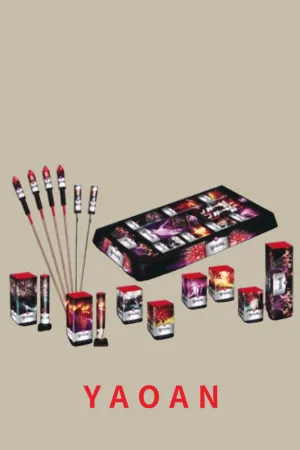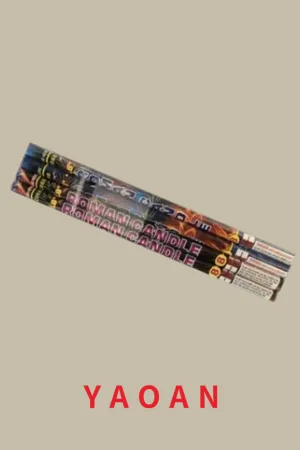Thinking about buying a drone but feeling overwhelmed by the technical specs? From camera resolution to flight time, every number on the sheet tells a story about the drone's true performance. Today, we'll use DJI as a prime example to walk you through the key parameters, helping you confidently choose your first "eye in the sky."
1. Flight Performance: How Far and How Long Can It Fly?
These are the most critical specs, directly determining your shooting range and duration.
Max Flight Time: This parameter is crucial. For instance, the DJI Mini 3 Pro has a maximum flight time of up to 34 minutes. However, remember this is measured in ideal, windless conditions. In reality, factors like wind speed, temperature, and flight mode will reduce this. It's smart to choose a model with a flight time of 30 minutes or more to give yourself a comfortable buffer for shooting and returning home.
Max Transmission Distance: This determines how far you can fly while maintaining a clear, real-time video feed. DJI's OcuSync technology is a benchmark for drone transmission. For example, the DJI Mavic 3 Pro uses the DJI O3+ transmission system, which can achieve a transmission range of up to 15 kilometers (under FCC standards), ensuring a stable and smooth video feed even during long-distance flights.
Max Wind Speed Resistance: The higher the wind resistance, the more stable the drone's flight. Most consumer drones can handle winds up to about Level 5 (10.7 m/s), which is sufficient for everyday use. If you plan to fly in windy locations like coasts or mountaintops, consider a model with a higher wind resistance rating.
2. Imaging System: What "Eyes" Does It See the World With?
The drone's camera is the heart of its imaging capability. These parameters directly impact your creative quality.
Sensor Size: This is a key determinant of image quality. A larger sensor captures more light, resulting in better detail and dynamic range. For example, the DJI Mavic 3 Pro features a 4/3 CMOS Hasselblad sensor, a size typically found in professional cameras, delivering cinema-grade quality. In contrast, the DJI Mini 3 Pro's 1/1.3-inch sensor still offers excellent performance for its compact size.
Video Resolution & Frame Rate (FPS):
Resolution determines the video's clarity. Common options include 1080p, 2.7K, 4K, and even 5.1K. For most users, 4K is more than enough to meet a wide range of video creation needs.
Frame Rate (FPS) determines how smooth the video looks. For instance, 4K/60fps means 60 frames per second, which is ideal for capturing fast-moving objects or creating slow-motion effects. Some professional models even support 4K/120fps or higher for extreme slow-motion shots.
Effective Pixels: This determines the level of detail in your photos. The higher the pixel count, the more detail is retained when you zoom in on a photo. However, high megapixels don't automatically mean good image quality; sensor size and lens quality are just as important.
3. Safety and Intelligence: Fly Safer, Shoot Easier!
Beyond basic performance, modern drones come with various smart features that make flying safer and simpler.
Obstacle Sensing System: This is one of the most important safety features. DJI drones are often equipped with multi-directional obstacle sensing systems that use visual sensors to detect the environment, effectively preventing collisions. For example, the DJI Air 3 features omnidirectional obstacle sensing, identifying obstacles from all directions and significantly reducing the risk of a crash.
Smart Return to Home (RTH): When the battery is low or the signal is lost, the drone can automatically plot the best route to return to its takeoff point. DJI's Advanced RTH not only returns along the original path but can also intelligently choose a safer route based on the environment, ensuring a secure landing.
Intelligent Shooting Modes: For beginners, these features are perfect for creating stunning content quickly. DJI offers modes like QuickShots and ActiveTrack, which allow the drone to automatically perform complex flight maneuvers. You just need to tap the screen to get cinematic shots.
Conclusion
Choosing a drone is like choosing a camera—there's no single "best" one, only the one that's right for you. If you're a professional photographer who demands the highest image quality, the powerful camera specs of the DJI Mavic 3 Pro will be your top choice. If you're a budget-conscious traveler who values portability, the DJI Mini 3 Pro offers excellent quality while its sub-249g weight helps you avoid registration requirements in many countries, saving you a lot of hassle.

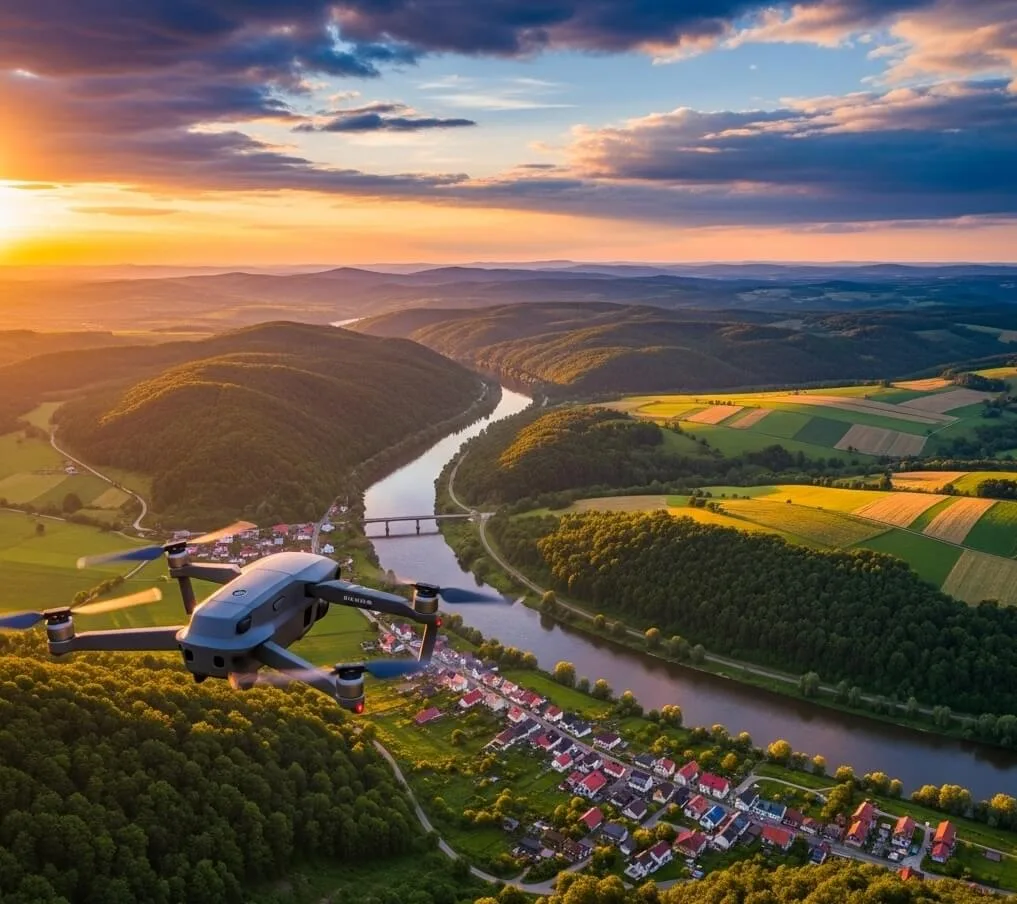
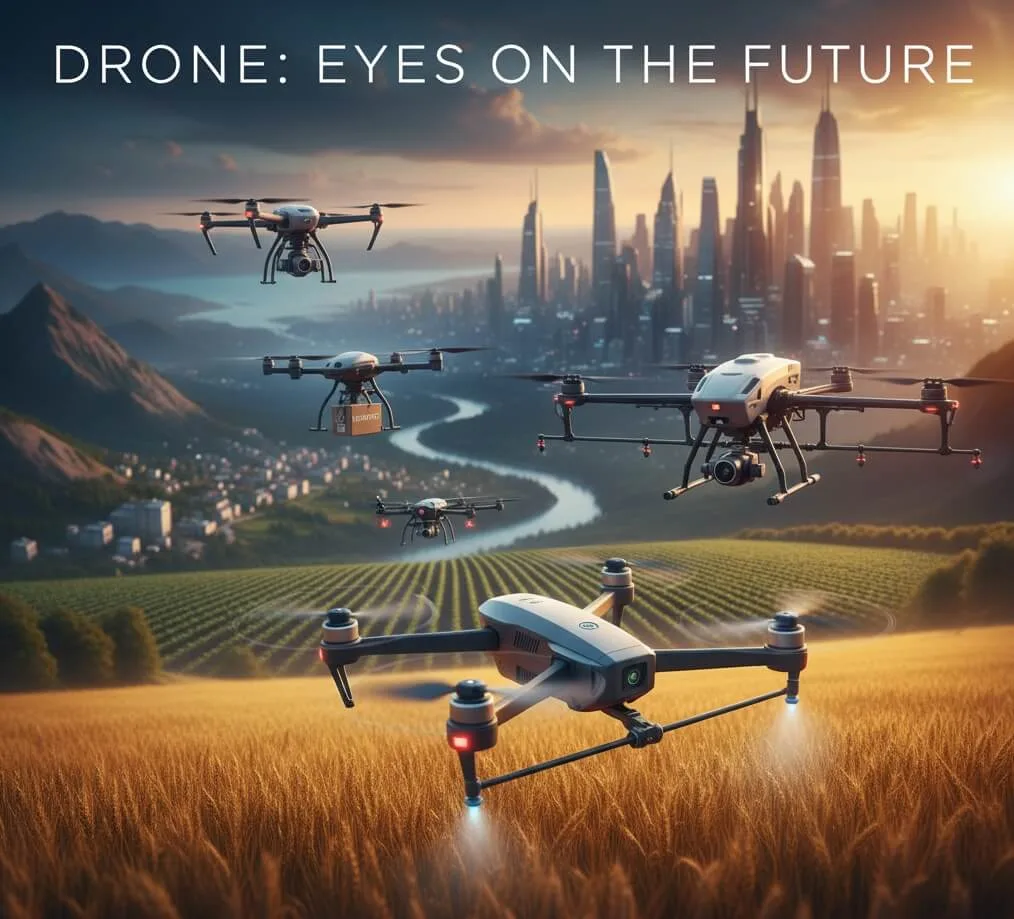
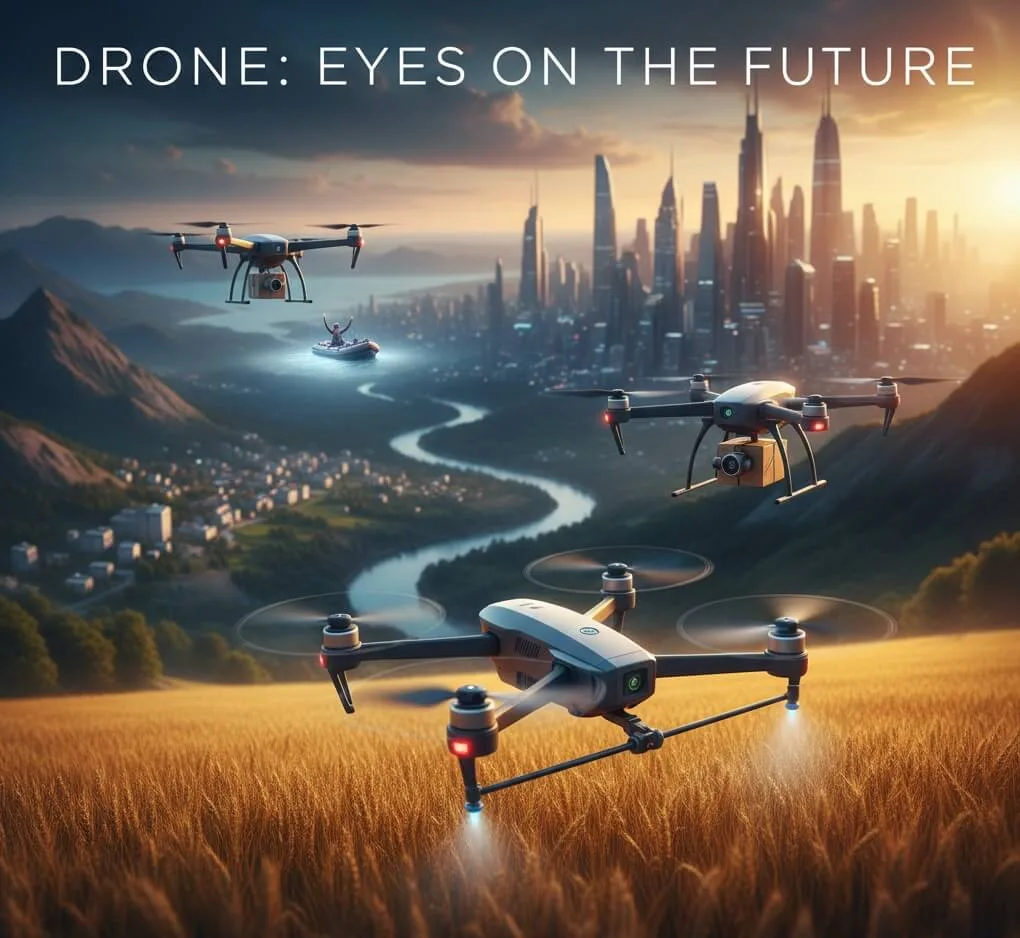
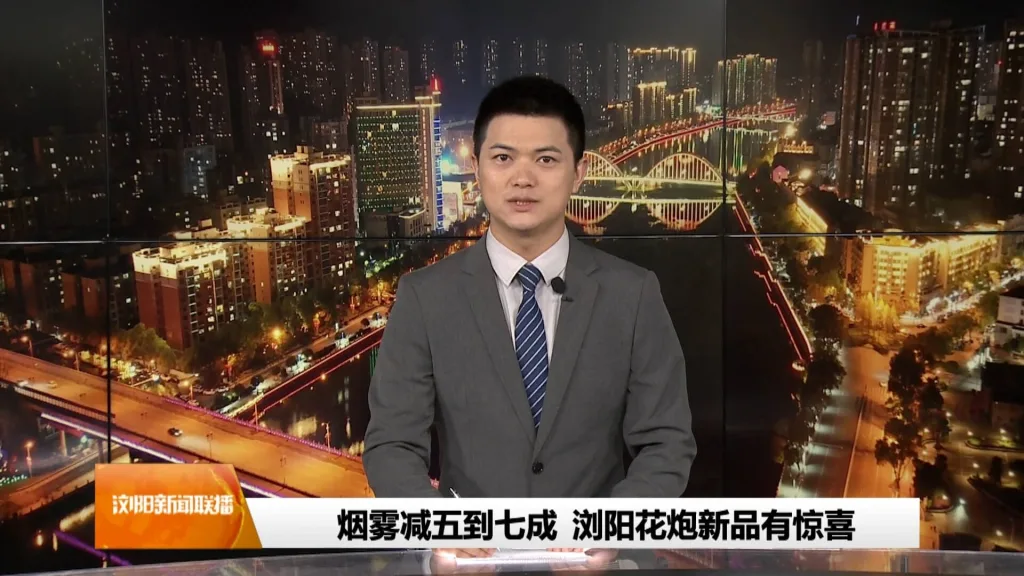
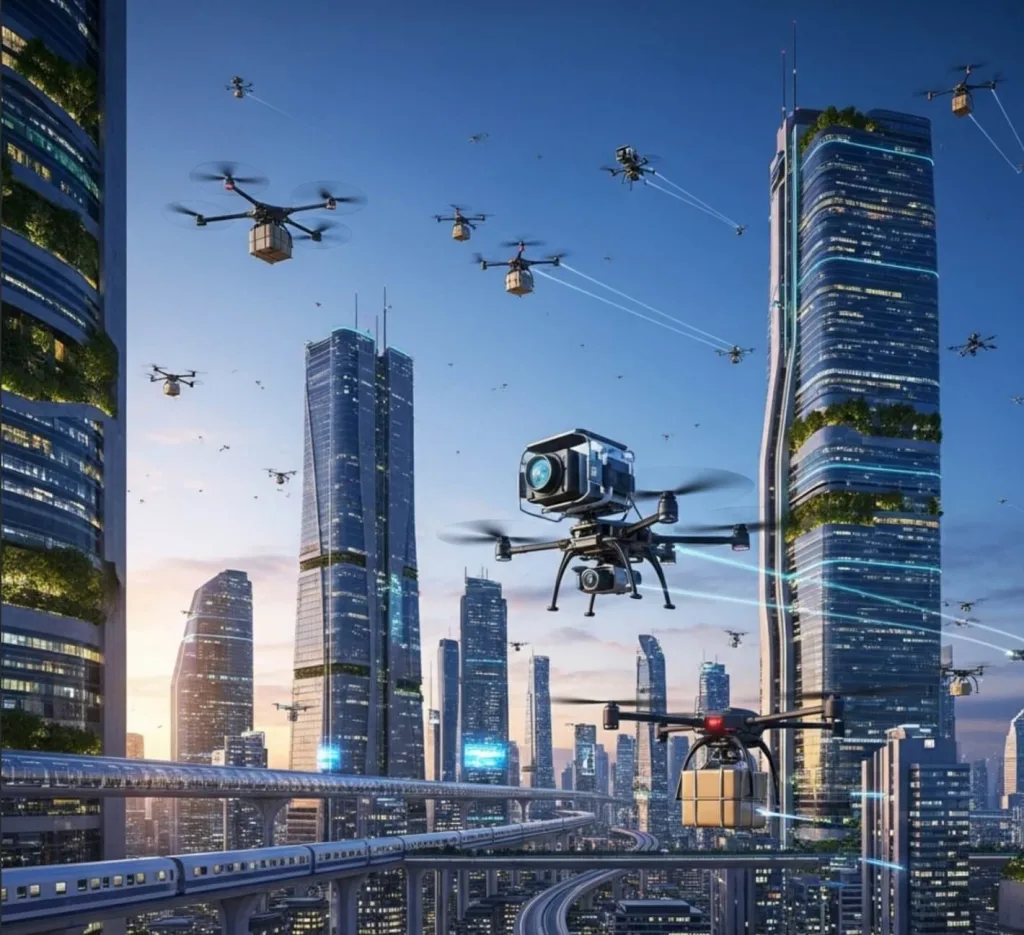
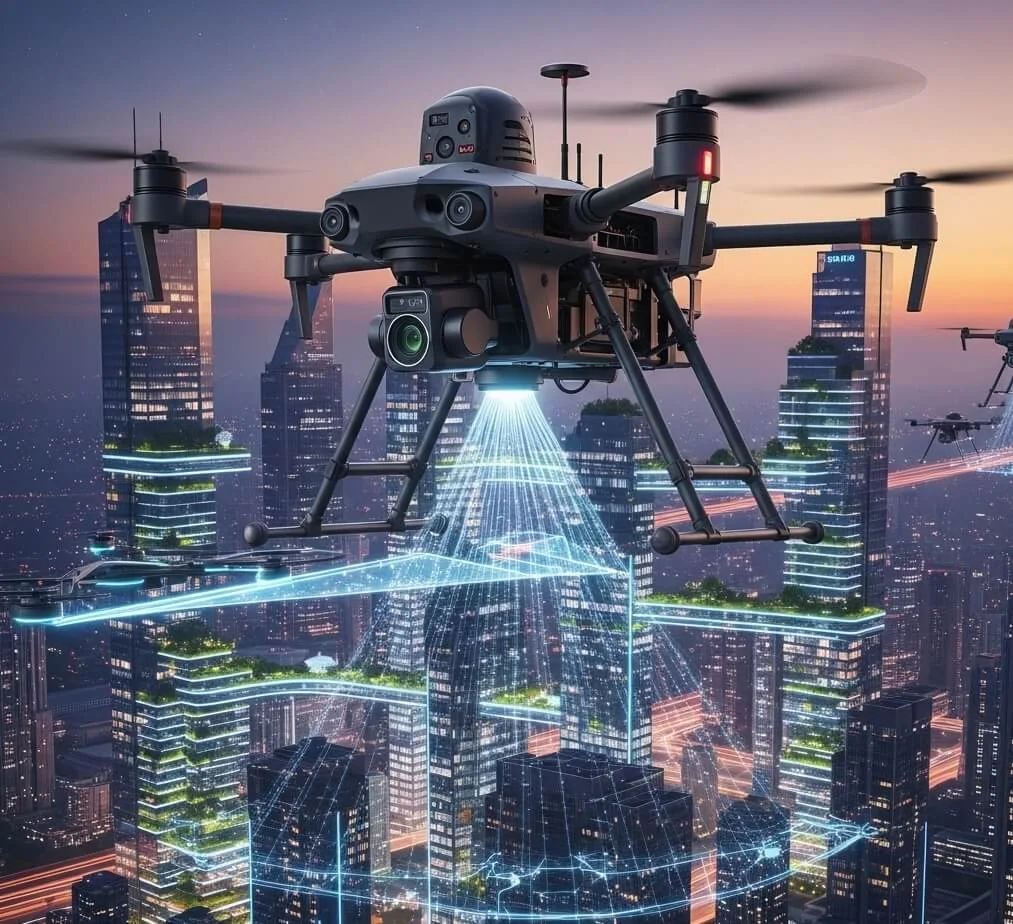
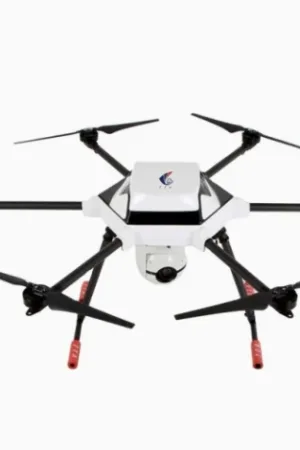
![💰 Unbeatable Value Price! Tired of mixing and matching? We've pre-designed a spectacular fireworks display from the ground up! This incredible value kit packs a total of 36 premium fireworks, offering maximum variety and stunning effects. Secure the most dazzling night for the most affordable price! 🎇 Kit Highlights: Layered Excitement (36 Pcs/Set) 🎇 🚀 Aerial Kings: Sky-High Spectacle 8 Rockets: The classic show-starters, soaring with a whistle to burst into huge floral breaks high above. 1 Cake: A single fuse unleashes a rapid, multi-shot sequence, delivering a mini-finale experience. 8 Large Dual-Effect Aerials: Powerful lift with two distinct breaks in the sky, providing deep, layered visual impact. 10 Small Dual-Effect Aerials: Compact and punchy, adding intense, colorful concentration to the middle layer of the sky. 🔥 Mid-Level Barrage: Speed and Intensity 4 Gatling/Roman Candles: Rapid, consecutive shots of colorful fireballs, creating a dynamic "machine gun" effect in the mid-air. ✨ Ground Essentials: Foundation for Fantasy 5 Fountains/Ground Spinners: Safe, beautiful effects that spray gold and silver showers and sparks, setting a dreamy foundation for the show. ⭐ Why Choose [The Annual Value Feast]? King of Value: Hand-picked, high-rated firework types bundled at a special package price, significantly lower than buying individual items. Rich Variety: Perfectly combines Ground, Mid-level, and High-altitude effects, transforming a simple light show into a professional-grade layered spectacle. Simple Setup: All products are clearly labeled, making it easy for both beginners and seasoned enthusiasts to light up their grand celebration! Limited stock available! Grab yours now to enjoy the biggest bang for your buck!](https://www.yaoanjituan.com/wp-content/uploads/2025/10/1760435668-微信图片_20251014175001-300x450.webp)

